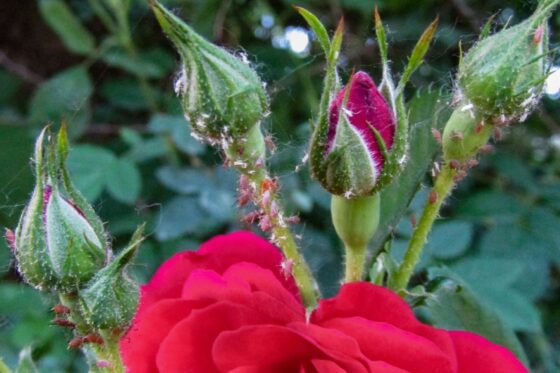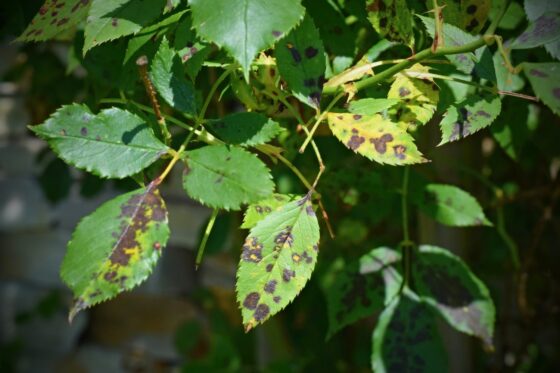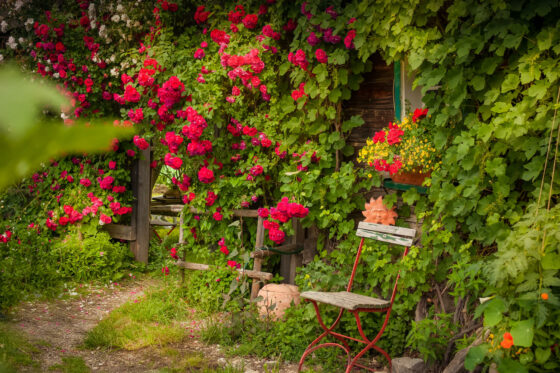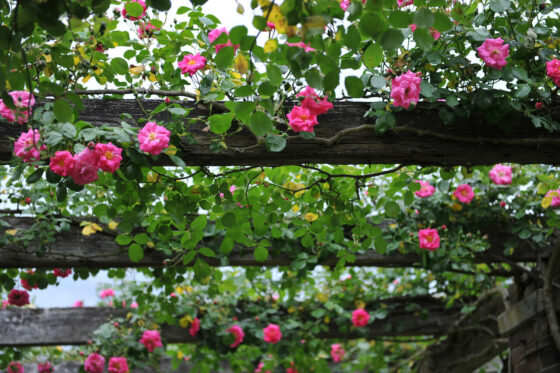Propagating roses: tips for propagation by seed, cuttings & more
It is worth propagating particularly beautiful roses. We show you how to propagate roses easily with seeds, cuttings and more.

If you have ever wondered if rose bushes (Rosa) for the garden can also be propagated from cut roses, then you have come to the right place. However, you may have heard that roses can be grafted onto potatoes (Solanum tuberosum) and now want to try this unusual experiment yourself. In addition to these unusual forms of reproduction of roses, we also present the common methods of propagation by seeds, cuttings and shoots. In this article, we explain how best to proceed when propagating roses and what to consider.
Contents
There are several ways to propagate roses. Below, we explain some methods to propagate your favourite rose via cuttings, shoots and more. An overview article with interesting information on the topic of roses can be found here.
Propagating roses from seed
Propagation by seed from the rose fruits (rose hips) is suitable not only for wild roses but also for noble roses, bush roses and rambler varieties. However, hybrid varieties are not suitable for propagation by seed because this results in the splitting of the genetic material, which means that the varietal characteristics cannot be retained in the offspring.
Collect the ripe rose hips in the autumn and carefully release the seeds. The best way to do this is to cut the fruit with a sharp knife and scrape out the pulp inside with the seeds. Then, put this in a sieve and clean the seeds under running water until they are completely cleaned of pulp.

Seeds that thrive within a fruit, however, are naturally endowed with an inhibition to germination. To break this, you can soak the rose seeds in a thermos of lukewarm chamomile tea for about 48 hours. In order for the seeds to finally get into the germination mood, a cold stimulus is also necessary. This process is also known as stratification. To do this, store the rose seeds in sand that is kept moist for a few weeks in the refrigerator at about 4 to 5 °C.
The pre-treated seeds from home cultivation can be planted as soon as they begin to sprout. Stratified seeds from specialist stores can be sown immediately. Fill a few seed trays with growing soil for sowing. A good soil to use here is our Plantura Organic Herb & Seedling Compost. Plant the rose seeds at a sufficient distance about one centimetre deep. Keep the soil moist at all times for the next few days to weeks. When small seedlings have grown from the seeds, place the tray in a bright, not too warm place without direct sunlight. After the cotyledons, the first true leaves will form. Then it is time to plant the little rose seedlings in pots with nutrient-rich garden soil. In the spring, when no more frost is expected, you can transplant the rose plants to their destination in the garden.

- Perfect for herbs as well as sowing, propagating & transplanting
- For aromatic herbs & healthy seedlings with strong roots
- Peat-free & organic soil: CO2-saving composition
Expert tip: When propagating roses by seed, always prepare a sufficient amount of rose seeds to increase the chances of cultivation success. This is because not all seeds are germinable and actually grow into a new rose plant.
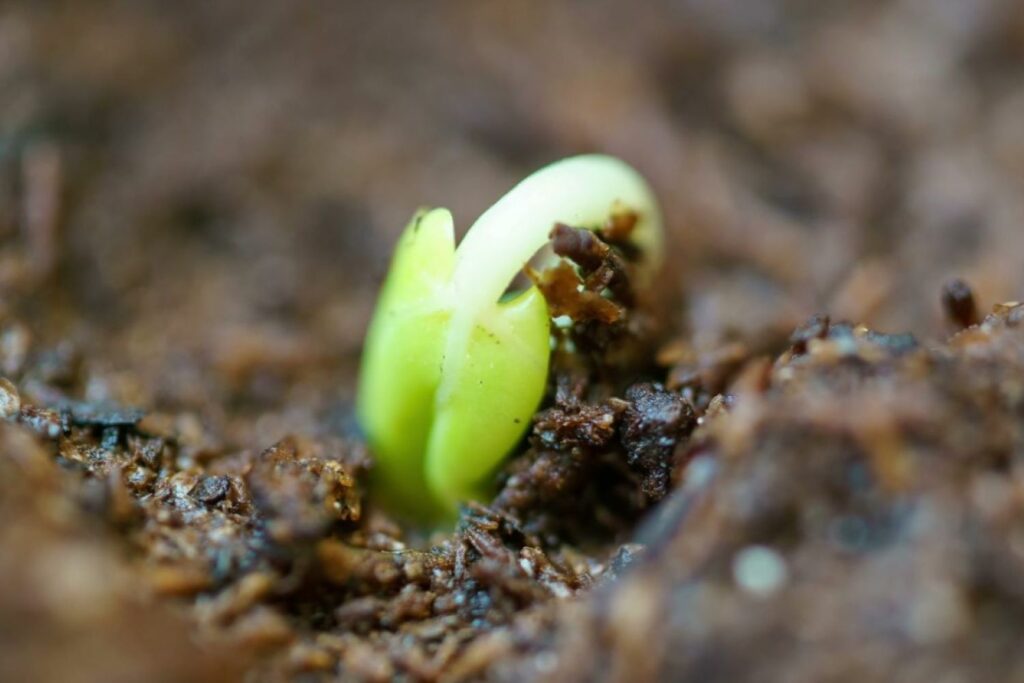
Propagating roses by cuttings
The simplest and most efficient method is probably propagation by cuttings. To do this, cut about three cuttings per desired variety in late summer (August) to increase the success rate. It is best to use shoots that have just bloomed and shorten them to about 15-20 centimetres in length. Ideally, the cuttings should have at least five buds. Be sure to use sharp tools for cutting propagation and place the cut at an angle on the underside to help the cuttings absorb water.
All but the top pair of leaves can now be removed to keep the evaporation rate as low as possible. Then, fill small pots with potting soil or light sandy garden soil and put the prepared shoots about halfway in. Water the cuttings well and place them in a warm, bright place. For optimal greenhouse conditions, you can cut off the bottom end of a plastic bottle and put it over the cutting. However, do not forget to ventilate from time to time to avoid mould growth. After the first new leaves have formed, these should also be removed. Also, do not forget to regularly water the planted cuttings. The following spring (May), the rooted young roses can then be planted in their intended location.
Thanks to the vase method, you can also grow small rose bushes from cut roses. To propagate the roses in the water, you should first remove the withered flowers. Then, place the rose stems in a glass vase with lukewarm water. A warm, bright location without direct sunlight is ideal. Now you should change the water daily until the rose takes root and can be transplanted into a pot with soil.

Expert tip: Propagation via cuttings does produce roses that are true to the root, however some roses do not root very well as cuttings and are therefore propagated via grafting. Roses which are protected varieties may not even be propagated via cuttings.
How to propagate roses by shoots
Another form of vegetative propagation is carried out by shoots. These, unlike cuttings, are not cut in the summer, but in late autumn or winter. To do this, after the leaves fall, separate any woody rose shoots and shorten them to a length of about 20-30 centimetres. Then, remove all the side shoots and leaves. Now, fill a well-sealed box with damp sand. The cuttings are kept bundled in this so that they do not dry out until planting. Over the winter months, it is then best to place the box in a cool, frost-free room. In spring (March), when no more severe frosts are expected and it slowly warms up again, plant the cuttings in growing soil – for example, the Plantura Organic Herb & Seedling Compost – or a sand-peat mixture. In the autumn of the same year, you can then plant the rooted cuttings with the first green leaves to their destination.
Tip from a pro: Bed and garden roses do not propagate particularly well via cuttings as they lack the necessary growth and rooting power to do so.

- Perfect for herbs as well as sowing, propagating & transplanting
- For aromatic herbs & healthy seedlings with strong roots
- Peat-free & organic soil: CO2-saving composition
Grafting roses
Garden professionals can propagate your roses by grafting. This kind of reproduction is common practice among rose growers. Budding is a possible and popular form of grafting. In this process, the bud of a garden rose is inserted into the root neck of a wild rose, which serves as a rootstock. The robust, strong-growing wild rose later feeds the garden rose, which can develop well and produce many beautiful flowers. Expertise, practice and the right tools are crucial for the success of this method. To make the cut as smooth as possible, you need a very sharp knife or a special budding knife.
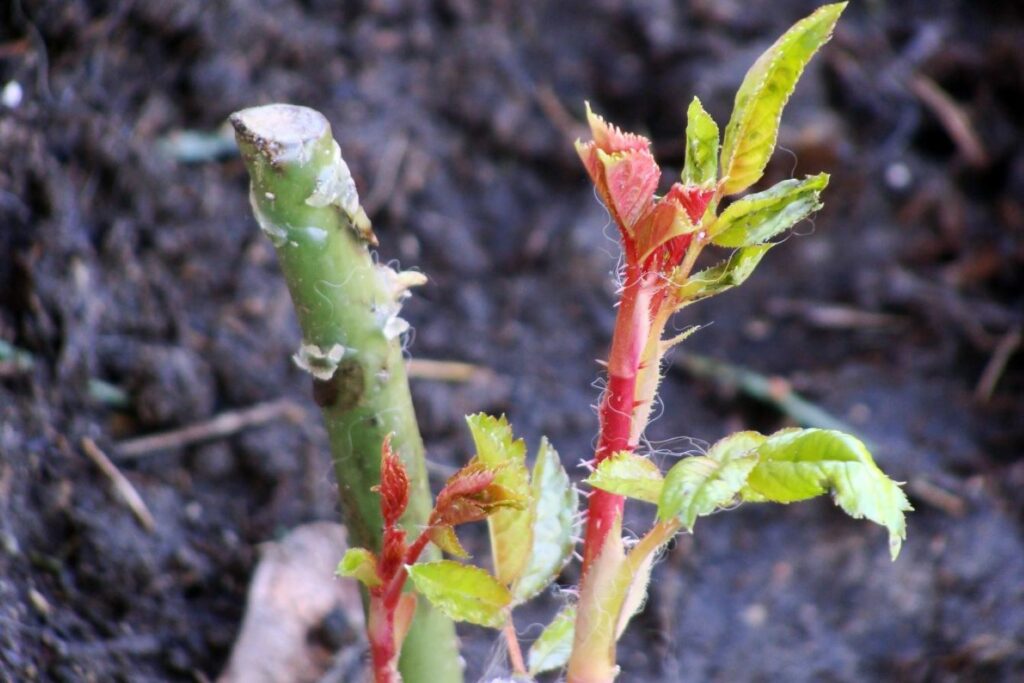
On a hot summer day in July, when the rose is in full sap, you can start grafting. To do this, first make a T-cut at the root neck of the wildling. Then cut out a piece of bark out of the garden rose with only one bud about two centimetres in length. Carefully peel off the bark around the T-cut and push the bud into the opened cut. To protect the resulting wound, it is best to carefully bandage it with raffia. The following spring, the upper part of the wild rose above the T-cut is removed, so the garden bud is forced to sprout from the rootstock. In June, remove the tip of the garden shoot so that the rose becomes multi-shooting. This budding process is also carried out in the cultivation of stem roses.
Another well-known form is grafting. While only a single bud is transplanted into the rootstock during budding, grafting involves the transplantation of an entire shoot. This propagation technique is often used for fruit trees, which also belong to the rose family (Rosaceae).
Rose graft on potato
It is often recommended to let cut roses root in a vase with lukewarm water and plant them later. However, this form of propagation is not very promising and is therefore not recommended. Roses on potatoes – it sounds a little unusual, especially when you consider that these two plants belong to completely different families. However, from a potato and a donated cut rose, whose flowering is usually short-lived, a rose plant can be grown that will thrive in the garden for many years to come.
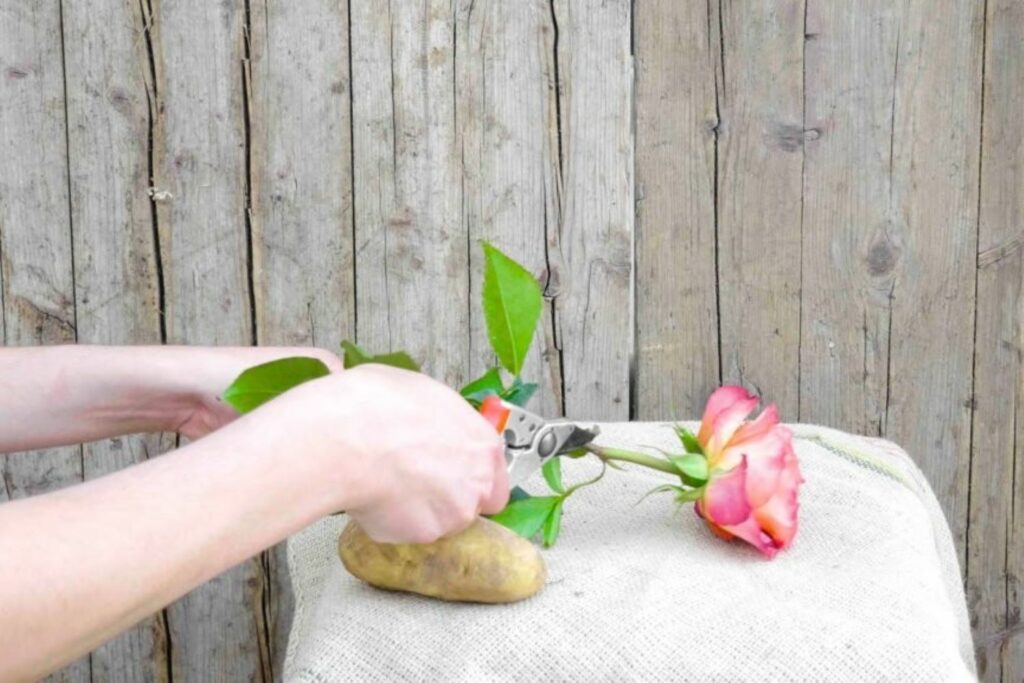
Propagating roses by layering
Some roses can also be wonderfully propagated by layers. Shrub, rambler or climbing roses are particularly well suited for this purpose, as their long shoots bend easily. In late summer, after flowering, select a long shoot that is easy to bend down. You can also carefully cut woody shoots so that they do not break. Place the shoot in a depression in the ground about 20 centimetres deep and cover the middle part with a mixture of soil and compost. You can also fix shoots that repeatedly bend upwards with a branch fork, which you stick into the ground. The soil must be kept well moist over the following weeks. New roots then develop at the bend of the shoots from the autumn. The following spring, when the new rose plant is rooted strongly enough to take care of itself, it can be separated from the mother plant and planted in its final destination.
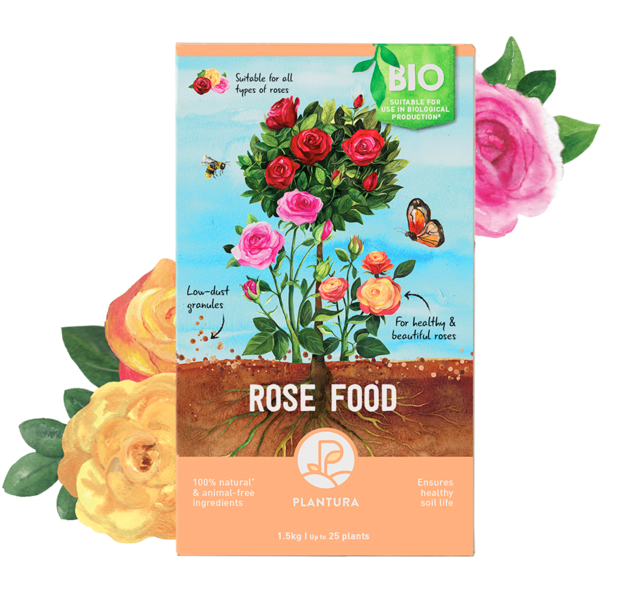
- For beautifully flowering roses in pots & flower beds
- Prevents common rose diseases & ensures healthy growth
- Long-lasting fertiliser that is free from animal products - child & pet friendly



















